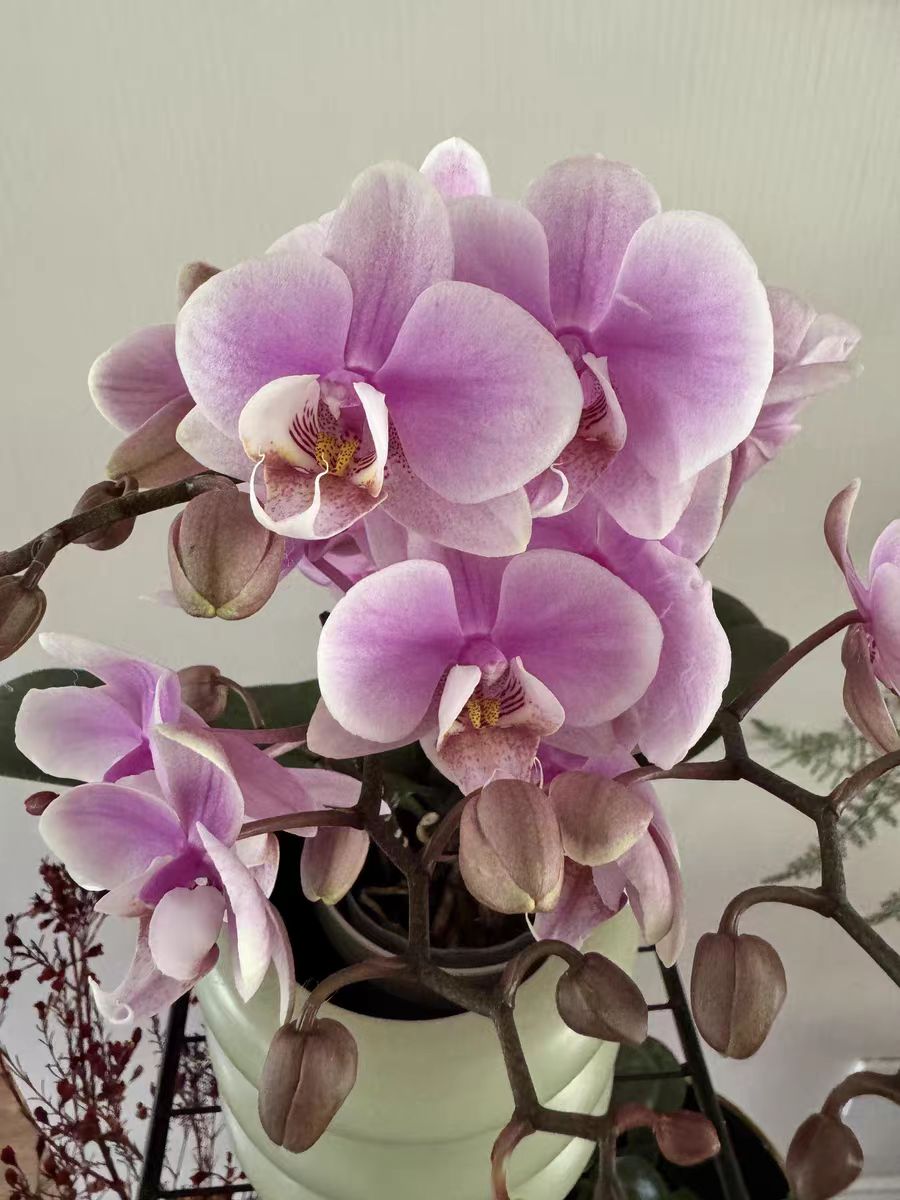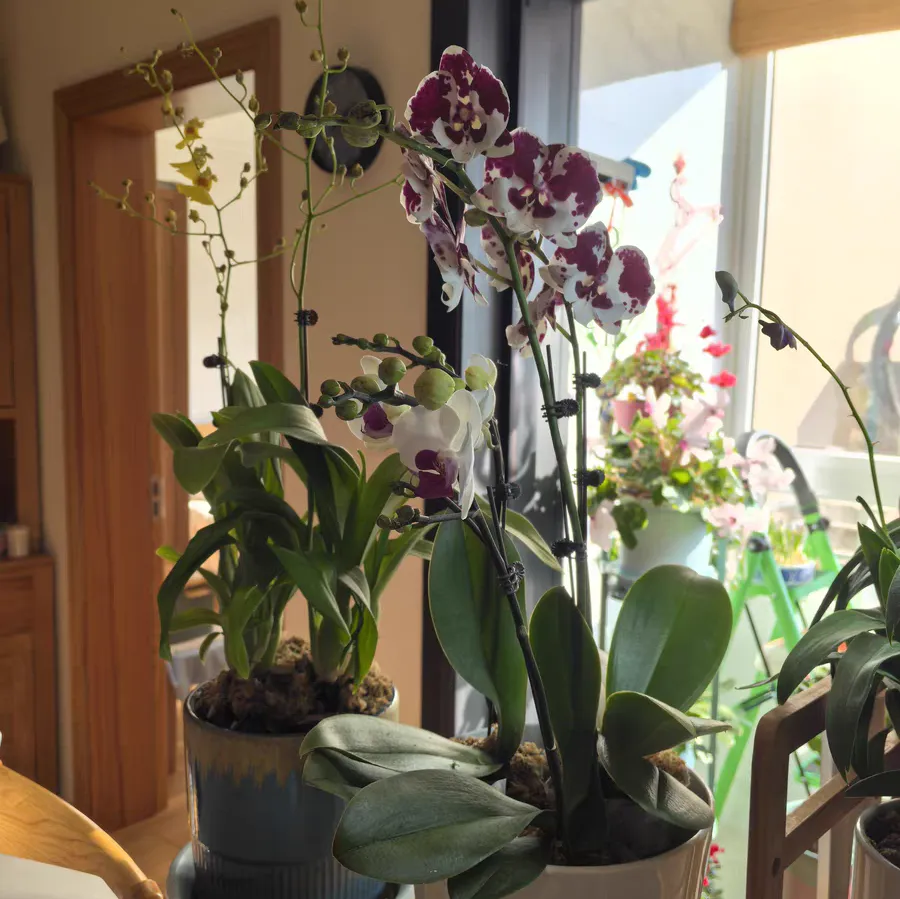During the maintenance process, many flower enthusiasts will encounter the problem of moldy roots of phalaenopsis orchids. This not only affects the appearance of the plant but may also pose a threat to its health. So, in the face of moldy roots of phalaenopsis orchids, how should we deal with it?
There are various reasons for the moldy roots of phalaenopsis orchids, mainly including overwatering, unsuitable substrate, pathogen infection, etc. Overwatering will lead to poor soil drainage, causing the roots to be in a humid environment for a long time, thus triggering mold growth. An unsuitable substrate, such as poor air permeability or an imbalance in acidity and alkalinity, will also affect the normal growth of the roots and then lead to mold growth. In addition, improper maintenance leading to the growth of pathogens is also an important reason for the moldy roots of phalaenopsis orchids.
Methods for dealing with moldy roots of phalaenopsis orchids:
Trim the moldy roots: Once you find that the roots of the phalaenopsis orchid are moldy, the first thing to do is to take it out of the substrate and carefully check the moldy situation. Use a sharp, disinfected pair of scissors to trim the moldy roots clean. During the trimming process, be careful not to damage the healthy roots, and try to make the wounds after trimming as flat as possible to reduce the risk of pathogen infection. The trimmed moldy roots should be destroyed in a timely manner to prevent the spread of pathogens.
Disinfection treatment: After trimming the moldy roots, disinfect the remaining healthy roots. You can soak the roots in a disinfectant solution such as carbendazim, and generally, soaking for 10-15 minutes is enough. The concentration of the disinfectant solution should be prepared according to the instructions to avoid it being too concentrated or too dilute. After disinfection, take out the roots and let them dry, and prepare for replanting.
Replace the substrate: An unsuitable substrate is one of the important reasons for the moldy roots of phalaenopsis orchids. Therefore, while dealing with the moldy roots, you should also consider replacing the substrate with a new one. The new substrate should be a loose, breathable, well-drained, and fertile weakly acidic substrate, such as water plants, coconut coir, pine bark, etc. The substrate should be disinfected before use to avoid introducing pathogens. When replanting, evenly distribute the roots in the substrate, gently compact it, and then water it thoroughly.
Adjust the maintenance environment: In addition to trimming the roots and replacing the substrate, adjusting the maintenance environment is also an important measure to prevent the roots of phalaenopsis orchids from getting moldy. Place the phalaenopsis orchid in an environment with good ventilation, appropriate humidity, and temperature. Avoid overwatering and keep the substrate slightly moist without water accumulation. At the same time, regularly check the growth of the phalaenopsis orchid, and deal with any abnormal situation in a timely manner once it is found.
For busy flower enthusiasts, they may hope for a simpler and quicker treatment method. Then, here is the simplest treatment plan for you:
Remove from the pot and trim: Remove the phalaenopsis orchid from the pot and trim off the moldy roots.
Disinfect and dry: Soak the roots in a disinfectant solution and then let them dry.
Replace the soil: Select a suitable substrate for replanting.
Adjust the maintenance: Place it in an environment with good ventilation, appropriate humidity, and temperature for maintenance.
Although this method is relatively simple, it still requires carefulness and patience to ensure that the phalaenopsis orchid can recover its health.
In short, in the face of the problem of moldy roots of phalaenopsis orchids, we don't have to panic too much. As long as we deal with it according to the above methods and adjust the maintenance environment, I believe that your phalaenopsis orchid will quickly regain its vitality.
What should I do if the roots of the phalaenopsis orchid used for inducing roots are moldy?

Share with
Tagged in :




Leave a Reply